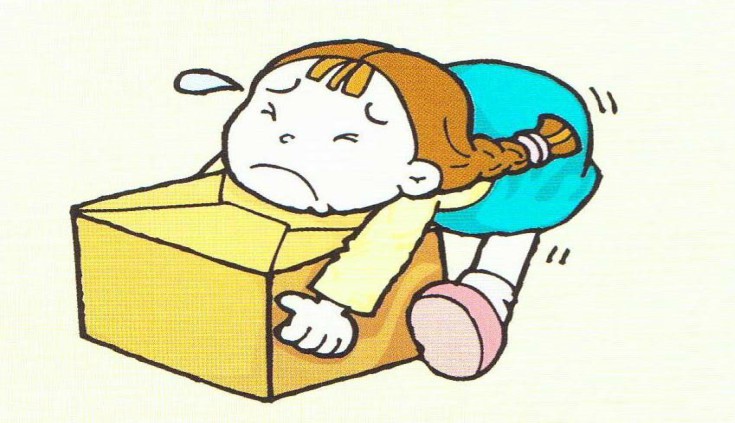New Vocabulary
Verbs:
skate, dance, cook, drive, play tennis, play baseball, play the guitar, play the piano, speak English, speak French, do a cartwheel, do a handstand
Target Structure
Examples:
Can you skate? Yes, I can. / No, I can’t.
Teaching the Class (before the handouts)
It’s fun to introduce this target structure by showing the students some kind of physical movement you can do with your body. For example, make one eyebrow raise, wink with either eye, move your fingers into a double-jointed position, etc. As you do these things, ask the students, “Can you do this?” and get them to try. Ask if any of your students can do any other funny or interesting things with their bodies, while asking other students, “Can you do that?”
Once the students have gotten the idea that you’re on the topic of ability, show them the flashcards one by one, and elicit the verb on each card. After the students have said the word, make a statement and ask a question to the class. For example: “I can skate. Can you skate?” or “I can’t dance. Can you dance?” After you’ve gone through all the flashcards, put them up on the board and write the verb under each image. Have your students copy them down below each image on page 1.
Next, draw a circle around the things you can do, and put an X through the ones you can’t. Ask students to do the same on their papers. Once they’re finished, individually ask some students “can you” questions. Then have students ask other students one or two questions across the class. And finally, have all of the students ask one “can you” question to a person close to them. Continue with the lesson on page 2.
Work in Pairs
Put the students in pairs and have them ask each other about what Jon and Sara can and cannot do. Model the first question if necesasry.
Now Work Alone
When they are finished the pair work, have your students try the follow-up activity to review their writing skills for this structure. (Make sure they are not doing the follow-up activity and pair work activity at the same time. These are meant to be done separately.)
Listening
Tell your students you’re going to tell them about what Chris can and cannot do. It’s up to you to decide what he can do. As you make the statements, students should be marking which things he can
or cannot do. Then have students write three follow-up sentences about things he can or cannot do.
Group Work
Ask your students to try the survey. As a follow-up, you can ask students to write full statements from their survey or have them make statements to the class.


